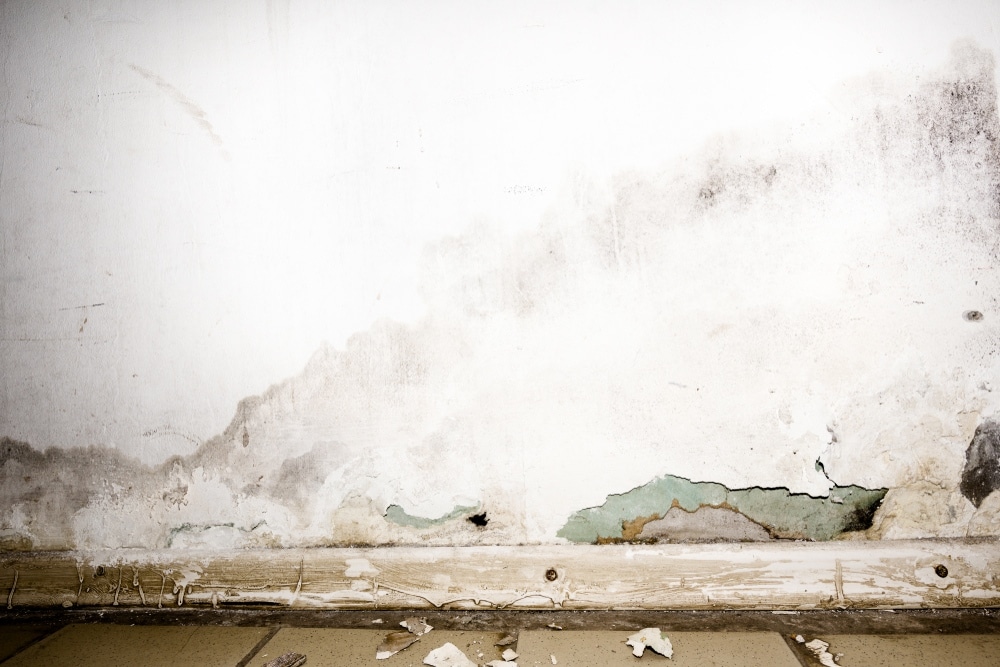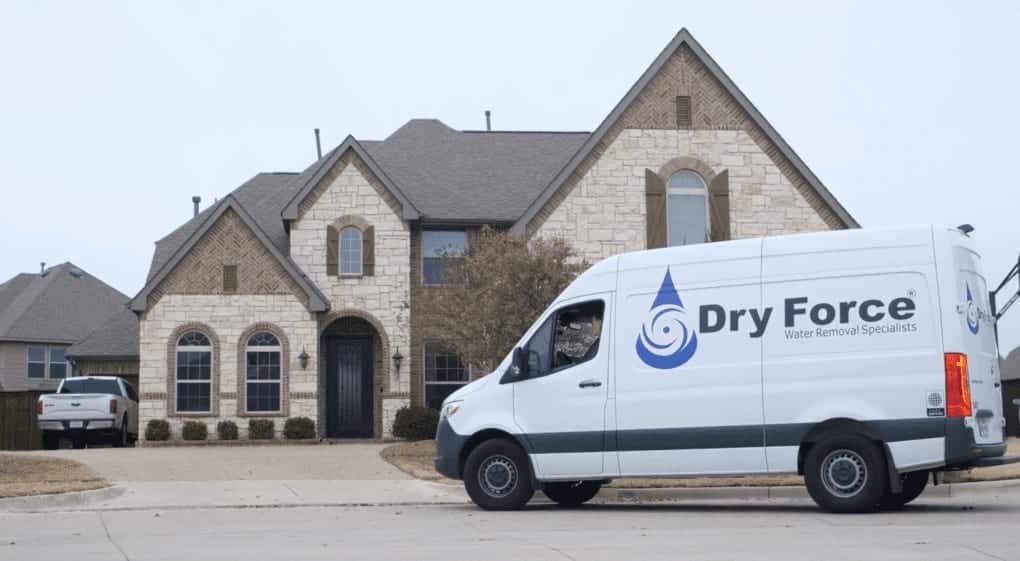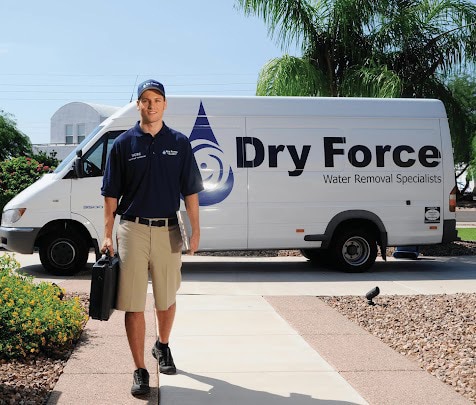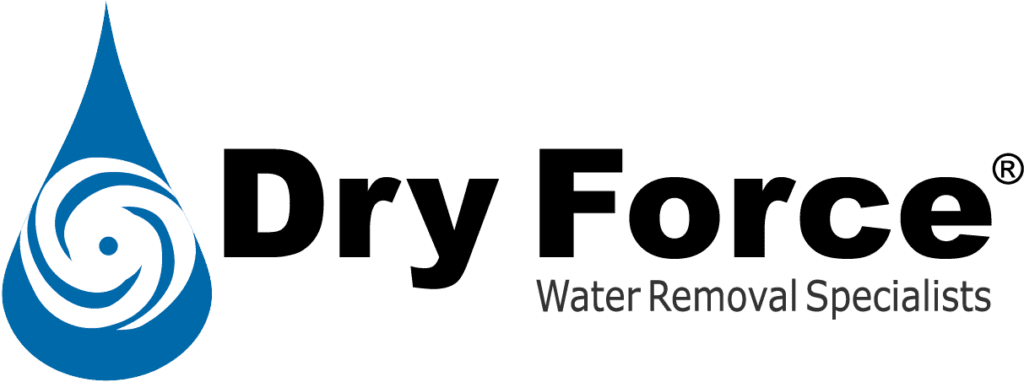
Is your drywall buckling or bulging? Drywall issues can be a nuisance and one of the most common problems homeowners deal with is bulging drywall. Bulges not only affect the aesthetics of your walls but can also be a sign of underlying issues. To help you detect structural issues or water damage in your home, we have created a helpful guide on the most common causes behind bulging drywall.
Table of Contents
Top Causes of Bulges in Drywall
Swollen, bulging drywall can be quite an area of concern in your living space. Your house guests might even raise their eyebrows in wonder at what’s lurking behind those walls. Instead of living with bulging drywall, we are going to debunk and explain some common reasons why your drywall is bulging out of its place.
1. Fastening Issues
Badly fastened drywall can lead to bulges over time. If the screws or nails used to secure the drywall are overdriven, they may create tension points, causing the drywall to buckle or bulge. Overdriven fasteners can create excess pressure, which is why it’s so important to ensure that the fasteners are driven in correctly and are flush with the surface.
2. Leaky Plumbing
Water is the enemy of drywall. A leaking pipe behind your walls can lead to major water damage, resulting in bulging, disfigured areas. If you notice bulging drywalls accompanied by dampness or discoloration, then you likely have a leaking pipe behind your walls. Water can create a myriad of issues, so it’s crucial to address the underlying plumbing problem and call a professional.
3. Incorrect Fastener Installation
Using the wrong type of fasteners or spacing them too far apart can weaken the structural integrity of the drywall leading to bulges. It’s essential to follow the right installation guidelines and use the appropriate screws or nails for securing drywall. Fasteners should be spaced at regular intervals to provide support. Otherwise, you could end up dealing with raised drywall.
4. Water Damage
If you have experienced water damage or think moisture damage has occurred behind your walls, then you need immediate help from a licensed technician. Exposure to excessive moisture, such as from leaks, flooding, or high humidity, can cause areas such as your ceiling and drywall to absorb water and swell. This can result in bulging or warping of the affected areas. Plus, mold can start to grow in as little as 48 hours.
Read More: What to Do When the Insulation Gets Wet in Your Home
5. Loose Screws
Your drywall might have a few screws loose. Over time, screws used to secure the drywall can become loose due to various factors, such as the settling of the house or natural expansion and contraction of the materials. Loose screws create instability, leading to bulging or sagging of drywall. Make sure you are regularly checking the positioning of your drywall screws to avoid any bulging in the future.
6. House is Settling
Have you noticed anything out of the ordinary about your drywall lately? Houses naturally settle over time, causing minor shifts and movements. This settling can put stress on the drywall, resulting in bulges or cracks. While some settling is normal, the excessive movement could indicate something serious like a structural issue.

The Process of Fixing a Drywall Bulge
Now that you know what can cause a drywall bulge, let’s take a look at how to remedy it:
Swap or Loosen Overdriven Screws
If overdriven screws are what is causing your drywall to bulge, then you need to swap them out with new ones. Carefully remove the overdriven screws and replace them with screws of the correct length. Don’t screw them in too tightly, otherwise, you can end up with the same problem. Make sure each screw is flush with the drywall surface. If the bulge hasn’t budged, slightly loosen the screws to relieve tension.
Tighten Loose Screws
For bulges caused by loose screws, tighten them with a screwdriver until they are snug and flush against the drywall. Take great care not to over-tighten, as this can damage the drywall or create new bulges. Regularly checking and tightening screws can prevent future bulging problems.
Read More: How to Respond to Water Dripping from a Light Fixture
Replace a Small Part of the Drywall Panel
In cases where the bulge is localized and there is not a significant amount of damage, replacing a small section of the drywall may suffice. Remove a piece of the drywall and replace it with a fresh piece, securing it with screws or nails. Remember to fill the gaps with drywall filler and paint the area to match the rest of your walls. Don’t do this if you have severe drywall damage or have a plumbing leak.
Replace the Entire Panel
If the damage is excessive, it may be necessary to replace the entire panel. In this case, you might be experiencing water damage. If water has penetrated your drywall, then there is likely a bigger problem existing behind your drywall. If you find yourself in this situation, contact a licensed contractor. Never try to perform a do-it-yourself (DIY) project for complicated plumbing issues. Otherwise, you might create more problems requiring expensive repairs.

Drywall and Ceiling Water Damage Restoration Services
Damaged drywall isn’t something you want to discover—especially if it’s bulging, discolored, or disfigured. Our team of technicians offer reputable water damage restoration services in Seguin, TX and other areas. We have the tools and equipment required to perform a small to large drywall water damage restoration project in your house.
We also offer other mitigation services including ceiling water damage repair, storm damage maintenance, thermal imaging inspections, and roof leak repair. Get your drywall repaired by the professionals and schedule a service with Dry Force. Give our team a call at (877) 589-7504 and we will work around the clock to accommodate you and your family.

